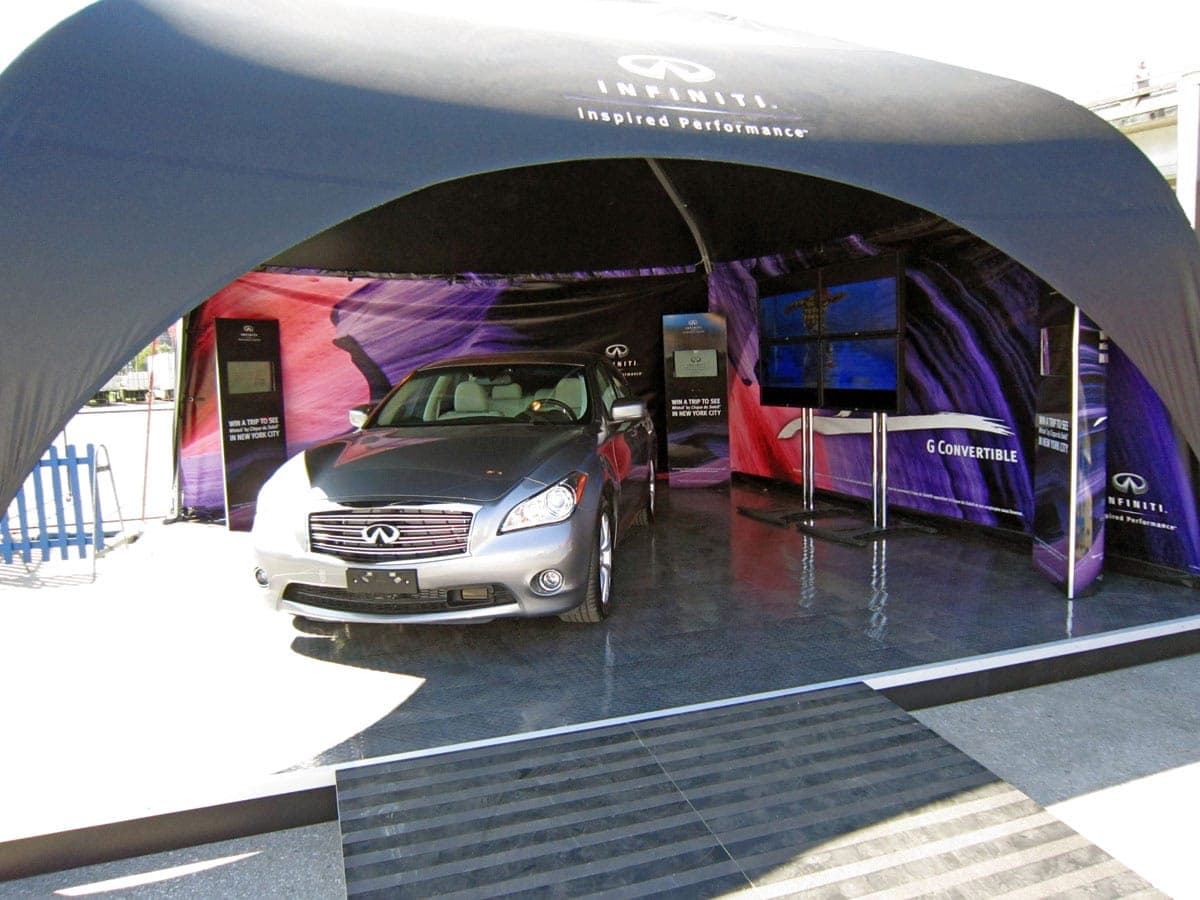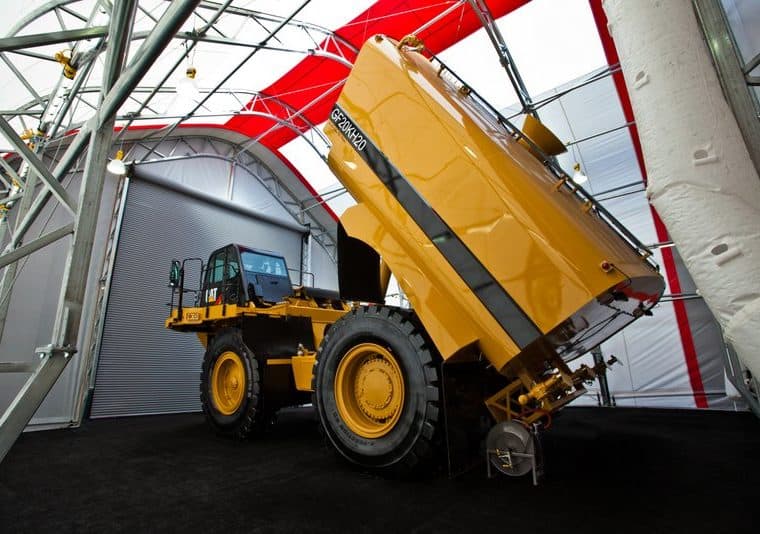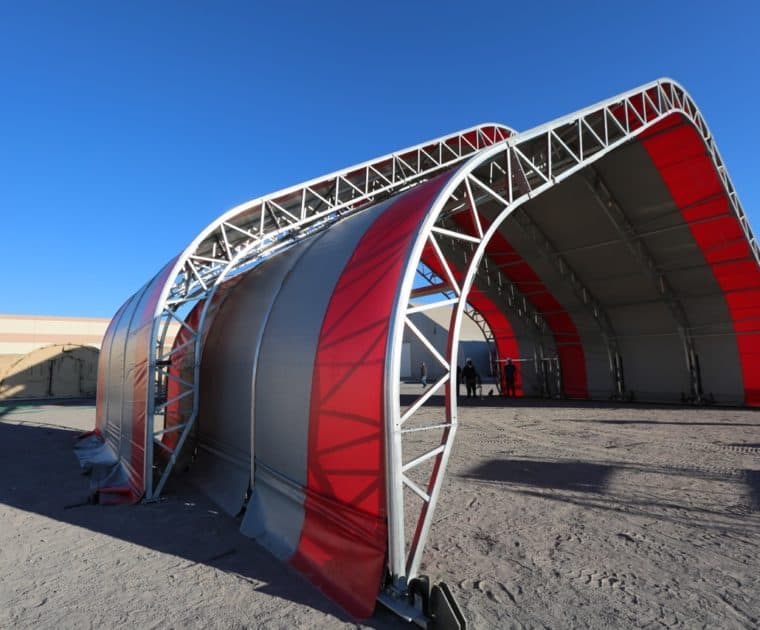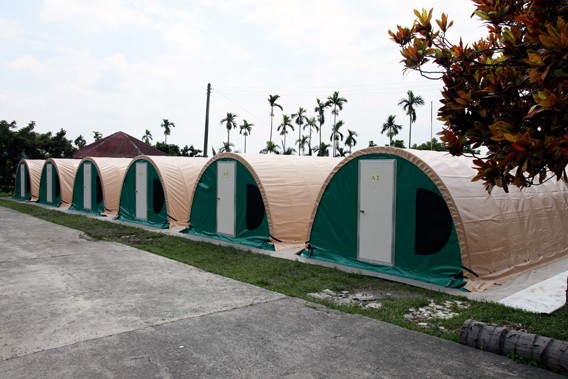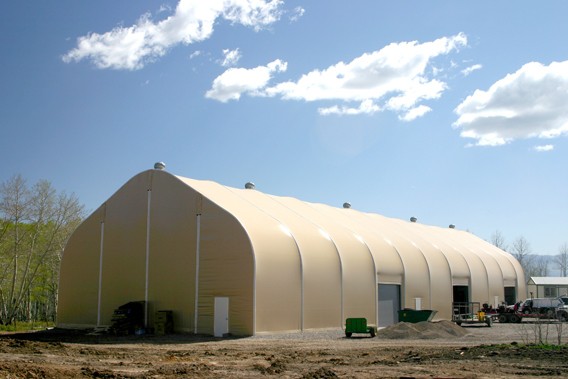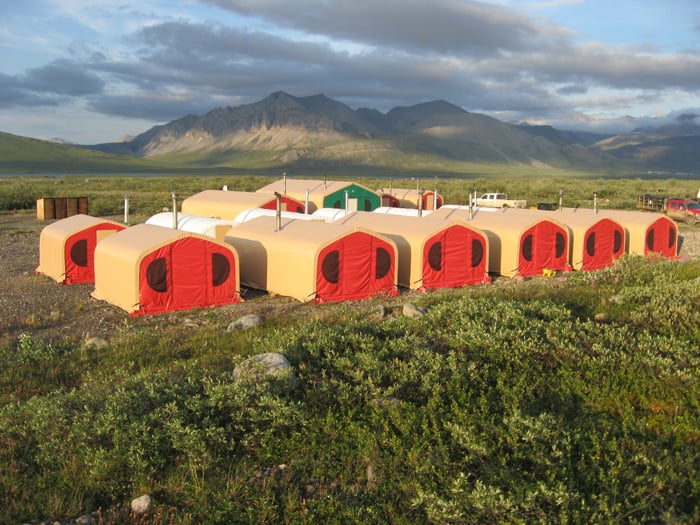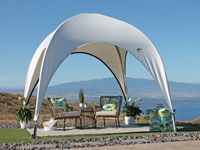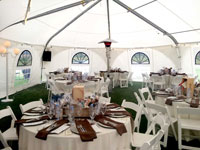Learn about the different modular office building spaces for mining facilities, construction projects, heavy industrial engineering, power plants and other facilities. These extremely durable, portable fabric structures are engineered to offer the versatility and cost-effectiveness required for these types of applications.

